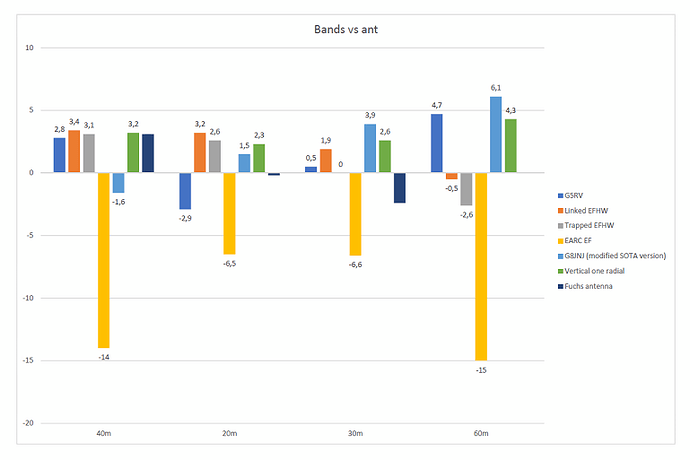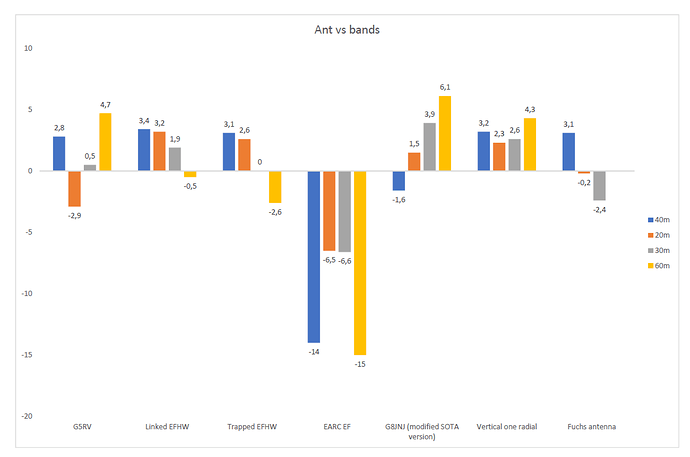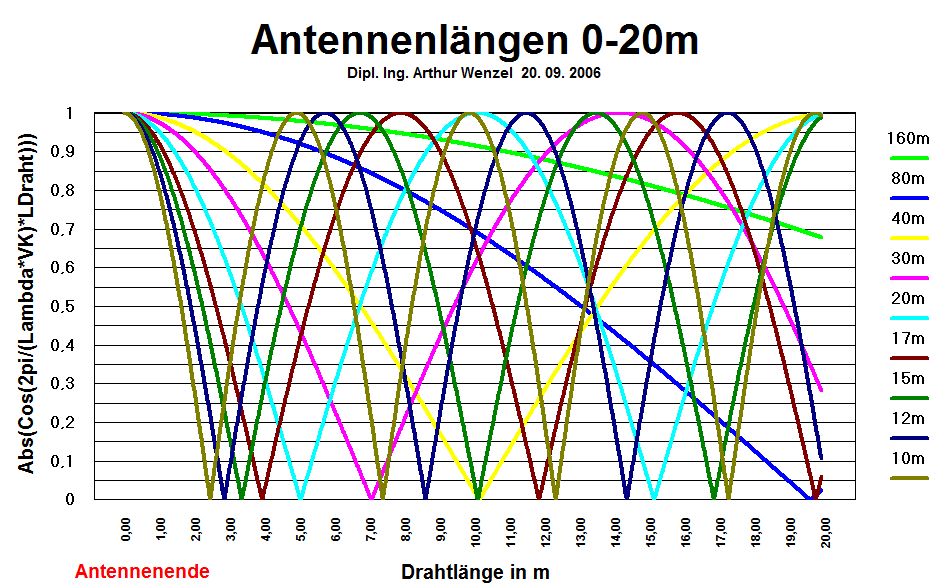Five members of HB9SOTA have gathered on the summit of Gurten HB/BE-111 on July 2, 2017 to compare the following seven antennas using WSPR on 40/30/20/60m:
- Linked EFHW inverted V
- G5RV
- Trapped EFHW inverted V
- EARC End-Fed (9:1 UNUN)
- G8JNJ (modified for SOTA)
- Vertical with one radial
- Fuchs antenna
To get straight to the point: six of the seven tested antennas were very similar in performance; most differences were in the range of 0.5 S levels, so not really relevant for SOTA purposes. It seems that given a reasonable length of wire compared to the wavelength, and barring obvious mistakes that lead to significant losses, the exact type of antenna/coupler does not make such a big difference in practice.
A PDF with a description and photos of each antenna, as well as summarized performance statistics, is available here: https://hb9sota.ch/wp-content/uploads/2017/07/wspr_gurten_hb9sota_20170702_en.pdf.
Below are some links with a detailed report generated from the WSPR spots per band:
40m: WSPRviz
20m: WSPRviz
30m: WSPRviz
60m: WSPRviz
The reports were generated using software that I have written for the purpose. The central part is a kind of “SNR difference matrix”. For this matrix, only spots were considered where the same spotter received signals from two or more antennas at the same time, and those spots were then used to calculate the SNR differences (TX power normalized) among the involved antennas. In this way, it is possible to reduce the influence of changing propagation and receiver QRM and allow for a more or less fair comparison. However, it has to be said that by principle, this method does not take different antenna characteristics into account. For example, if an antenna has a very low radiation angle and therefore generates some DX spots, but on the other hand produces weaker signals in the near range, it could on average show lower performance than an antenna with a high radiation angle that produces a lot of strong spots in the near range. To better evaluate this, spots are also shown graphically on a map, and in a statistic with average SNRs per distance range.
Some antennas have generated DX spots (VK) on 20m and 30m, but they were pretty close to the decoding threshold (as was to be expected given the time of day and band conditions), and there were only one or two spots per antenna, so not enough to say much about the relative “DX performance”. No North American spots at all; we’re hoping for better band conditions next time.
On 60m, most antennas were used in a “makeshift” configuration using ATUs, which reflects the current common practice in HB9 (as an inefficient 60m antenna often still works better than a resonant 40m antenna for intra-HB9 contacts).
While we have attempted to be as rigorous as possible, there are obviously some challenges associated with getting five OMs with seven antennas to transmit at the same time on a summit in slightly rainy weather.
Five antennas were each fed with a KX3 @ 5 W. One antenna was fed with a KX2 and one with an FT817. Smartphone WSPR apps were used as the signal sources. The output power of all rigs was measured using a WM-2 QRP wattmeter + dummy load, and the results were adjusted accordingly. Non-overlapping WSPR AFs were assigned to each antenna/rig combination, so that at least there would be no overlap between the participating members (of course one cannot anticipate WSPR transmissions by other OMs elsewhere). To ensure that transmissions are within the WSPR band, the LO of each rig was checked using a rubidium standard, and adjusted if necessary.
HB9SOTA intends to repeat this comparison in the future, perhaps with a focus on minimal antennas like loops or whips, so that operators can weigh the benefits of lighter size and ease of use against the weaker signals to be expected.
73,
Manuel HB9DQM




